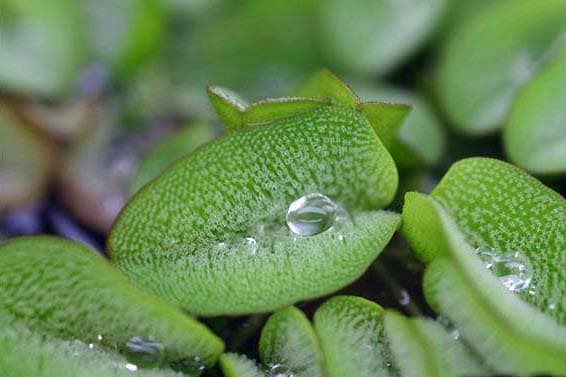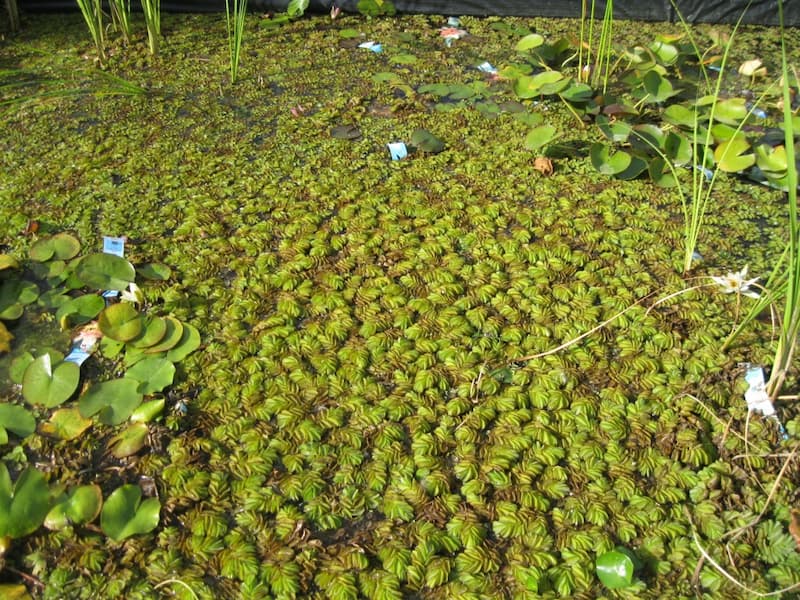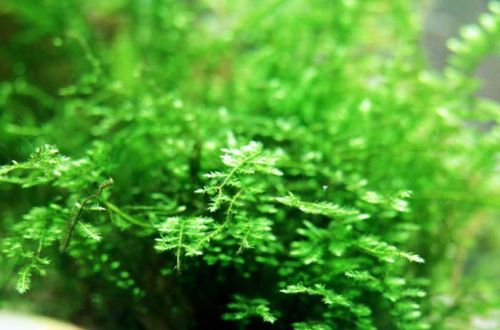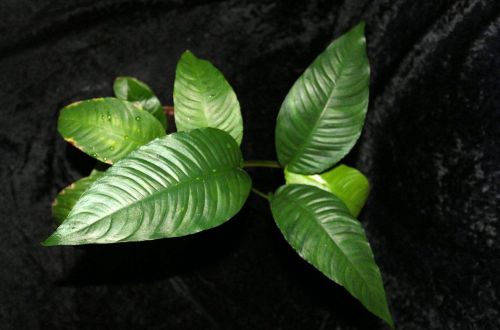
Salvinia giant
Salvinia molesta or Salvinia giant, scientific name Salvinia molesta. Translated from Latin, the word “molesta” means “harmful” or “annoying”, which fully characterizes this water fern, which has become one of the most dangerous weeds in the 20th century.

There are several versions of the origin of this plant. According to one version, Salvinia molesta appeared as a result of the hybridization of several closely related South American species of Salvinia. It is assumed that selection work took place in the botanical garden of Rio de Janeiro (Brazil) in the first half of the 20th century. According to another version, hybridization occurred naturally.
Initially, the plant grew in tropical and subtropical regions of South America in lagoons, swamps and backwaters of rivers with stagnant or slowly moving fresh water.
In the second half of the 20th century, the plant came to other continents (Africa, Eurasia, Australia). In the wild, this plant turned out to be, among other things, the fault of aquarists.

In the 1970s and 1980s, Salvinia molesta was considered one of the most invasive weeds in the world, with severe environmental and socio-economic consequences for many tropical African and Asian countries.
For this reason, Salvinia giant is better known as an aquatic weed than as an aquarium plant. However, it is still one of the most popular aquatic ferns in aquariums. However, historically, in most cases, Salvinia molesta is not supplied under its real name, but as Salvinia floating (Salvinia natans) and Salvinia eared (Salvinia auriculata).
Despite the name “Giant”, this species is not the largest in the genus and is noticeably inferior in size to Salvinia oblongata.
The young plant forms flat rounded leaves up to 2 cm in diameter, which subsequently become somewhat larger, and the leaf blade is bent in the middle. The surface of the leaf is covered with tiny light hairs, giving a velvety appearance.

Each node of the stem has three leaves. Two floating and the third underwater. The leaf, which is under water, is noticeably modified and looks like a bundle of roots.
Salvinia giant is surprisingly hardy and adapts perfectly to various conditions, including cool water. It grows in almost any non-freezing reservoirs. The content in the aquarium will not cause difficulties and, on the contrary, it will be necessary to regularly thin out the thickets in order to avoid excessive growth.
Basic information:
- Difficulty of growing – simple
- Growth rates are high
- Temperature — 10-32°С
- Value pH — 4.0–8.0
- Water hardness – 2-21°GH
- Light level – moderate or high
- Aquarium Use – Surface Floating
- Suitability for a small aquarium – no
- spawning plant – no
- Able to grow on snags, stones – no
- Able to grow among herbivorous fish – no
- Suitable for paludariums – no
Scientific Data Source Catalog of Life





